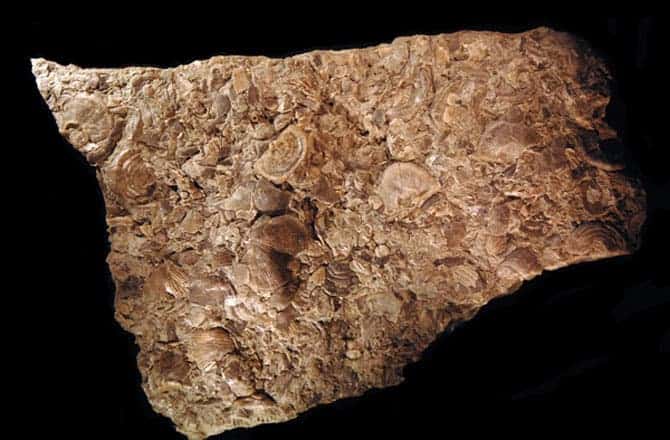Land clearing and human habitation put significant pressure on local species – combine this with globalization and a general recklessness of the population, and you get a big, negative impact (both environmental and economic) from invasive plants.
But invasive plants aren’t something new – they’ve been around for hundreds of millions of years. Scientists have now analyzed 450-million-year-old fossils of marine creatures that once dwelled in Laurentia, the continent North America once was part of. You may recall the article we posted yesterday about the 350 million year old scorpion, which included a discussion about Laurentia and Gondwana – the only two existing continents on the face of the Earth in that period.
Back then, the forerunners of the Appalachian Mountains may have opened the gates for invasive species to storm Laurentia (or Laurasia). The Taconic mountains, as they were called, left a depression behind the mountain range, flooding the area with cool, nutrient-rich water. In order to better understand how these tectonic processes affected existing life, paleontologists investigated the remains of brachiopods – clam like creatures which dominated the waters during that time.
“Our data show a very clear shift in evolutionary processes that coincides with a shift in Earth systems dynamics,” researcher Alycia Stigall, a paleontologist at Ohio University, explained.” In particular, these results shed light on the Earth system controls on how new species form, or speciation.”
As geological changes slowly took their toll in Laurentia, the fossils highlight two different patterns of evolution: vicariance and dispersal. Vicariance occurs following large-scale geophysical events such as the uplift of a mountain chain, or the separation of continents; through it, new species appear, each better suited for their new habitats.
Dispersal on the other hand involves directly invading habitats for which you are suited. Although initially biodiversity increases, in the long run, this is a very negative process, following which only a few aggressive plants dominate, thus greatly reducing biodiversity.
These findings could provide valuable insight into what drives dispersal today – as a great number of plants are threatened by invasive species.
“Only one out of 10 invaders truly become invasive species,” Stigall said in a statement. “Understanding the process can help determine where to put conservation resources.”
It’s also valuable data in the attempt to understand the emergence of new species:
“Scientists, both biologists and paleontologists, have spent a lot of time and effort studying extinction — the process by which the Earth loses species,” Stigall said. “We understand many of those controls very well — (meteor) impact, volcanism, ocean acidification, habitat destruction. It is relatively easy to envision ways to reduce a population size to zero and thereby cause a species to go extinct. “Understanding speciation is much more complex,” Stigall continued. “Species form by breakdown of gene flow between populations. This is much harder to study on short timescales and the process is explicitly tied to a geographic place and ancestors, which requires understanding both geography and evolutionary history.”
Journal Reference: PLoS ONE. David F. Wright, Alycia L. Stigall: Geologic Drivers of Late Ordovician Faunal Change in Laurentia: Investigating Links between Tectonics, Speciation, and Biotic Invasions.









